Forensic Case Files: Jack the Ripper Finally Identified?
/ Apparently this is debunking science month here at Skeleton Keys. Last week, we looked at the bad science that led archeologists studying the Viking invasions of England to incorrectly identify the sex of buried remains. This week, I want to talk about the recent announcement that Jack the Ripper has been identified more than 125 years after the final murder took place. Several people asked my opinion on this case, and while I’m not an expert on Ripper mythology, I’m happy to tackle the scientific aspect of this announcement.
Apparently this is debunking science month here at Skeleton Keys. Last week, we looked at the bad science that led archeologists studying the Viking invasions of England to incorrectly identify the sex of buried remains. This week, I want to talk about the recent announcement that Jack the Ripper has been identified more than 125 years after the final murder took place. Several people asked my opinion on this case, and while I’m not an expert on Ripper mythology, I’m happy to tackle the scientific aspect of this announcement.
On September 6th, a story broke on the Daily Mail naming a Polish hairdresser, Aaron Kosminski, as Jack the Ripper (read the original story here). Russell Edwards, a self-appointed ‘armchair detective’ purchased a shawl supposedly found with the body of Catherine Eddowes, the fourth Ripper victim discovered on September 30, 1888. He approached Dr. Jari Louhelainen, a senior lecturer at Liverpool John Moores University, in hopes of recovering forensic evidence from the scarf to connect the killings to Kosminski. Kosminski had been one of the six main suspects at the time of the murders and Edwards ‘became convinced Kosminski was our man’. (Jen’s note—please keep in mind my opening explanation from last week’s article on the Viking shieldmaidens about how objective science proceeds. Convincing yourself of the end result before you begin is not a good start).
Upon examining the scarf. Louhelainen found traces of blood splatter and semen. Louhelainen extracted DNA from both using a supposedly novel technique called ‘vacuuming’, and, once again, mitochondrial DNA was used to determine the genetic line of the sample. A female descendant of Eddowes provided a DNA sample for comparison and was a perfect match to the blood spatter. A similar descendant of Kosminski (a mysterious, unnamed female whom Edwards claims to be protecting by leaving in anonymity) provided a sample which also resulted in a perfect match to the semen sample.
On this data alone, Edwards declares that Kosminski must be Jack the Ripper.
So where does this claim go off the rails for me?
- The DNA was identified by a novel technique, one that has never been vetted or peer-reviewed in any way (although Louhelainen’s layman’s description of the technique is so basic that there must be more to it than simply soaking the fabric in buffer and sucking it back out again; that hardly seems like a novel technique as it’s fairly close to how we extract cheek swab DNA from filter paper). So where is the proof to the scientific community that this protocol actually does what Edwards claims? Scientific data is rigorously examined through a the process of peer review—a paper is written for an established scientific publication, then that paper is reviewed by fellow scientists in the field who will either accept the paper with revisions (I have yet to see a paper that doesn’t have even a few small comments on aspects to be fixed) or reject the paper. When that paper is published, it has been written with a Materials and Methods section so detailed that anyone reading the paper should be able to exactly replicate the procedure to get the same results given identical starting materials and conditions. But instead of Louhelainen writing a peer-reviewed article on the technique and its results, Edwards has written a layman’s book with no oversight to the scientific process. I can’t believe results only viewed by a privileged few. The entire study cannot be published as ‘data not shown’.
- Assuming this is a legitimate technique, it has tested the DNA found on the shawl of one of the five victims only. This only proves contact with one of the victims and doesn’t scientifically link him to any of the others.
- While the victim’s DNA was extracted from blood, Kosminki’s DNA was extracted from semen. This proves sexual contact of some kind, but in no way actually puts the knife in his hand. For all we know, when Kosminski left Eddowes following that encounter, she was alive and well. The DNA evidence also provides no information about timelines—the sexual encounter could have been minutes, days, weeks, or months before or after Eddowes’ death.
- At the time of Eddowes’ death, Kosminski lived with his two brothers, both of whom would have had identical mitochondrial DNA from their mother. So perhaps it was not Kosminski’s semen, but instead, that of one of his brothers?
- Kosminski’s descendant seems to be shrouded in mystery and apparently Edwards (and the descendant?) wish it to remain that way. As a result, no one else could possibly double check the results of the testing since they have no sample with which to compare the DNA extracted from the semen sample.
- Call me cynical, but I'm suspicious of any science that comes out as a ‘perfect match’. Science almost never works out that way. Yes, mitochondrial DNA only passes down through the female line, but, over time, DNA naturally mutates and drifts and it is unlikely that 125 year old DNA would be identical to a modern sample. Within a 97 – 99% match, absolutely. But a perfect match? And to have two perfect matches, one to Eddowes’ descendant and another to Kosminski’s? Well… you get my drift. Science is simply not that exact. And once again, we can’t see the results ourselves to have a real opinion on it.
- The Daily Mail article shows the scientists at work in the lab. Now, I realize this is an inside baseball kind of point, but I work down the hall from the lab of Dr. Hendrik Poinar, a world famous ancient DNA specialist who not only sequenced the Woolly Mammoth genome, but is currently working on Black Plague deaths in an effort to identify Y. pestis as the causative agent. I know the conditions his people work under—an ultra-clean room under negative pressure and enhanced personal protection (to keep the samples clean vs. protecting the lab worker in this case). Yet Louhelainen and his people are shown unrolling the scarf in a typical biosafety level I wet lab, next to an unrelated specimen and other various pieces of lab equipment and anatomical models. Add to this the fact that the scarf was handled by many people over the years (and supposedly never washed) and I’m not convinced that any starting material they collected was uncontaminated.
- The provenance of the shawl itself has been called into question. Supposedly found at the scene with Eddowes’ body, it was never reported or entered into evidence. Instead, one of the investigating officers removed the bloodstained shawl to give to his wife as a gift. The wife was so horrified by the gift that she put it away and it was then handed down through four or five family generations before being sold to Edwards. But there is no official record of it ever being part of the original murder scene.
My biggest problem with this whole announcement—besides actually naming Kosminski as the Ripper when there is zero proof that he killed even this one woman—is the lack of data. Science works as a transparent system. Show me the DNA gels and then I’ll maybe be on board, but only as far as a DNA match goes. As far as I’m concerned, the identity of Jack the Ripper remains undetermined.
Photo credit: Wikimedia Commons


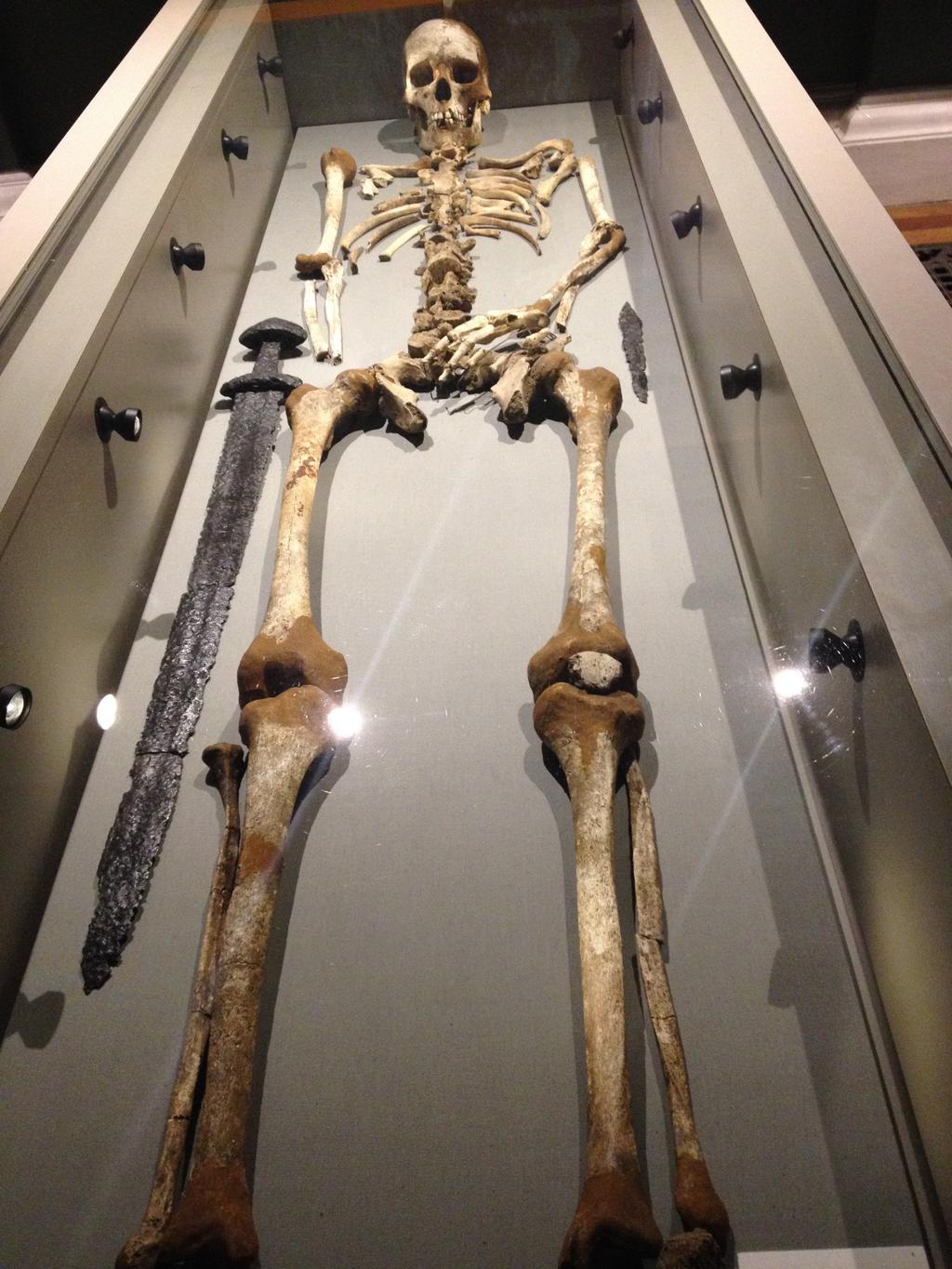
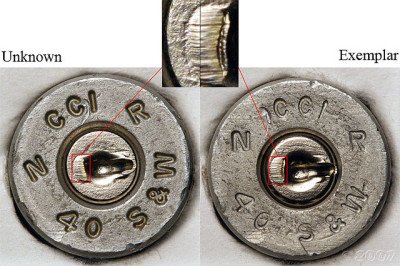
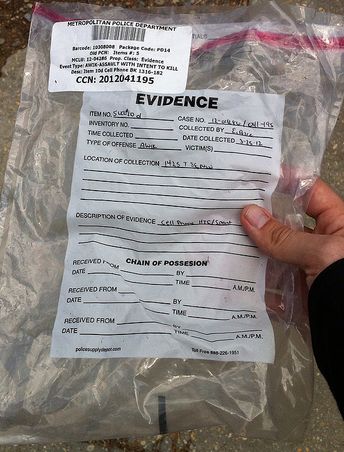
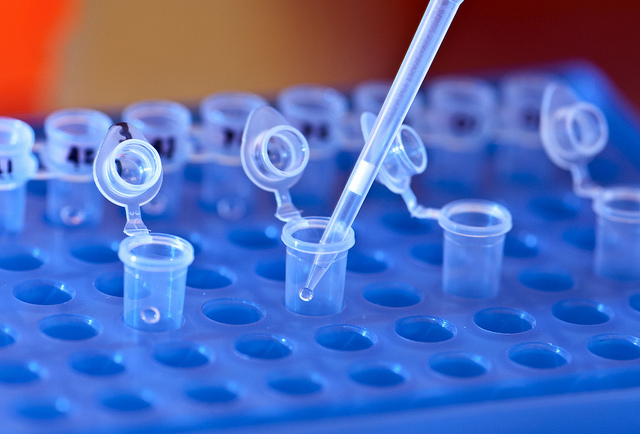

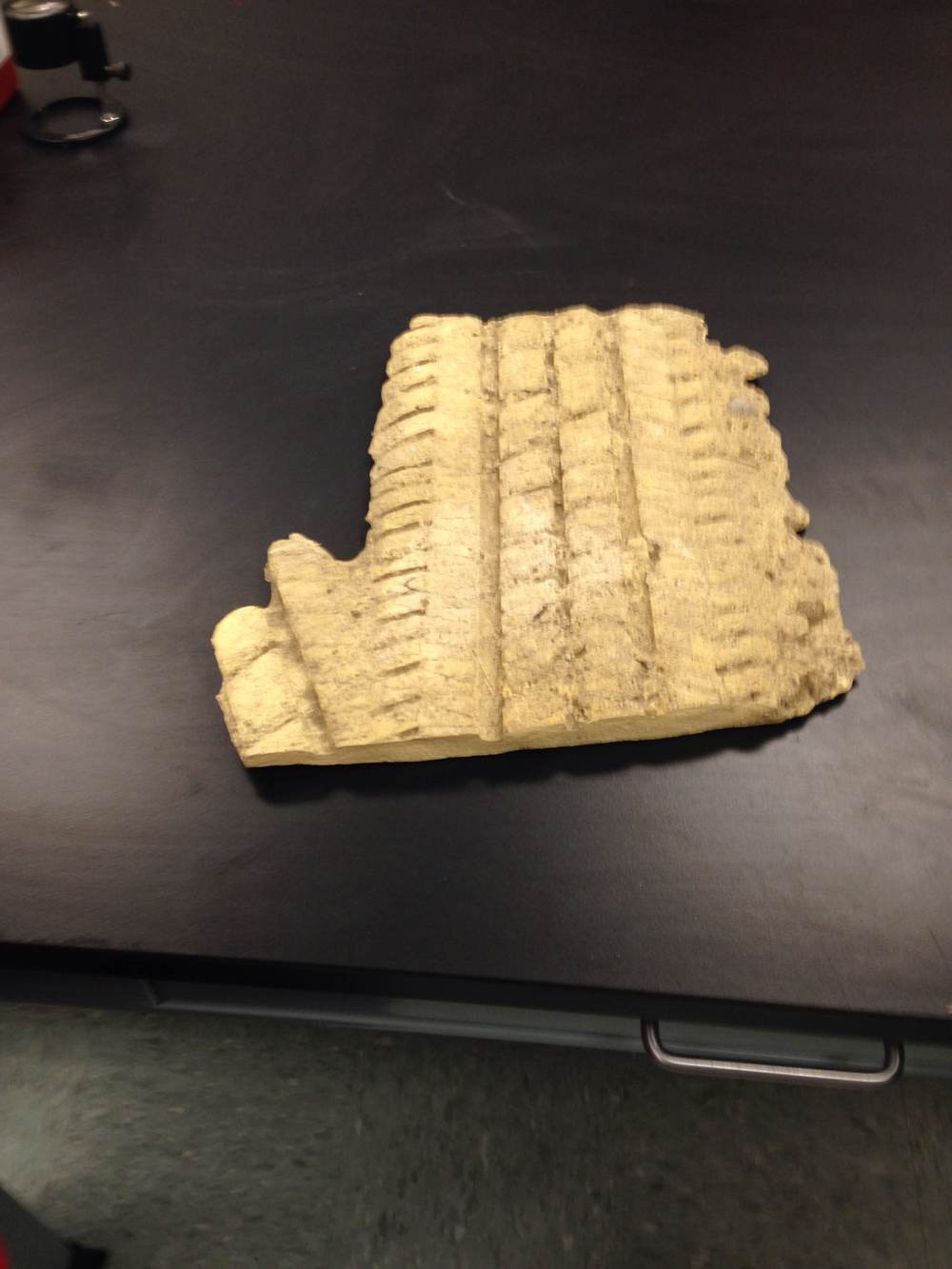




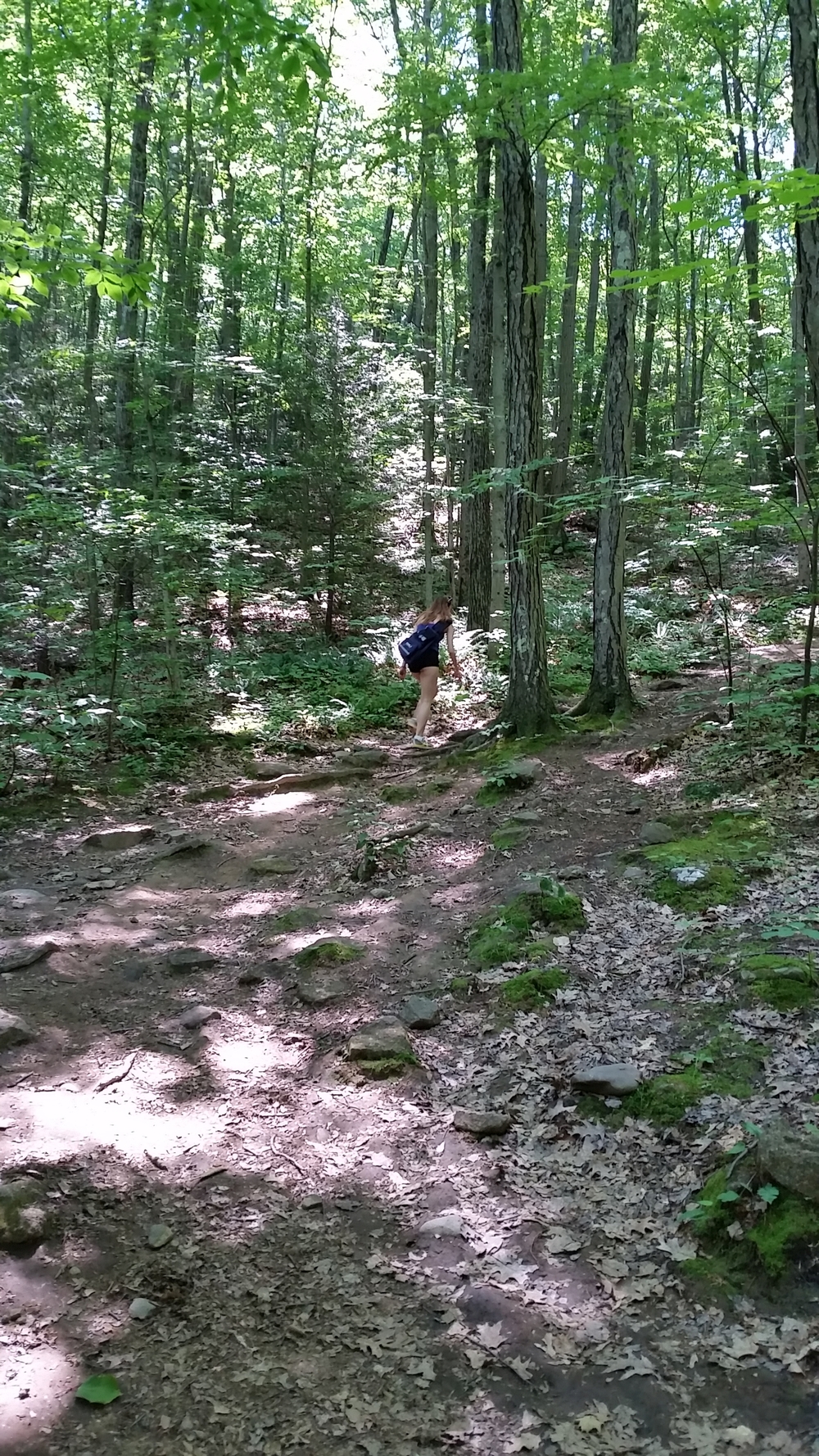

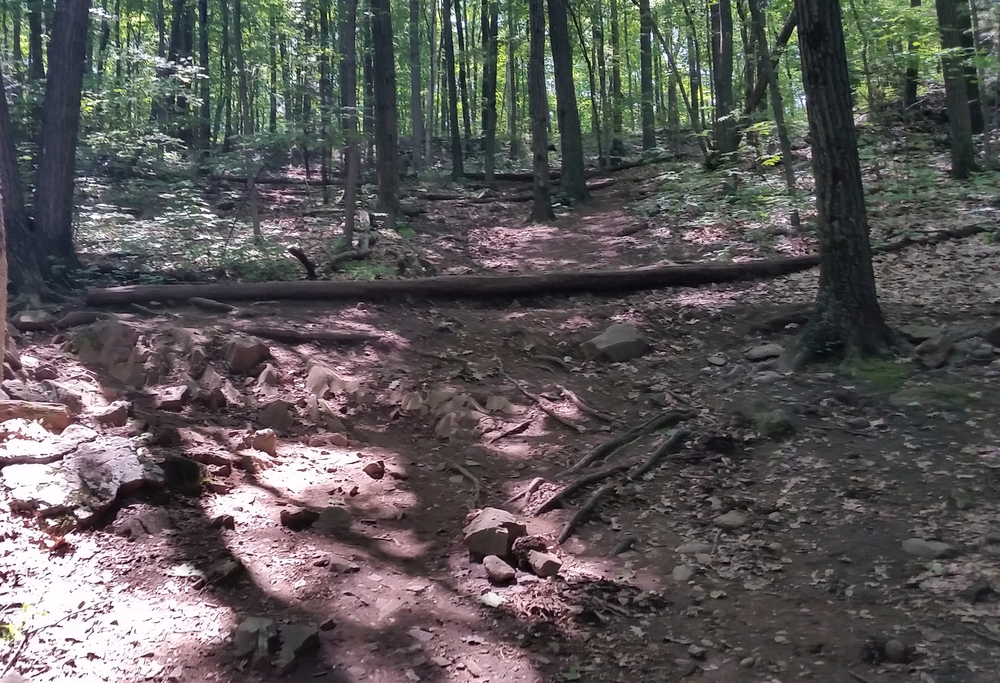







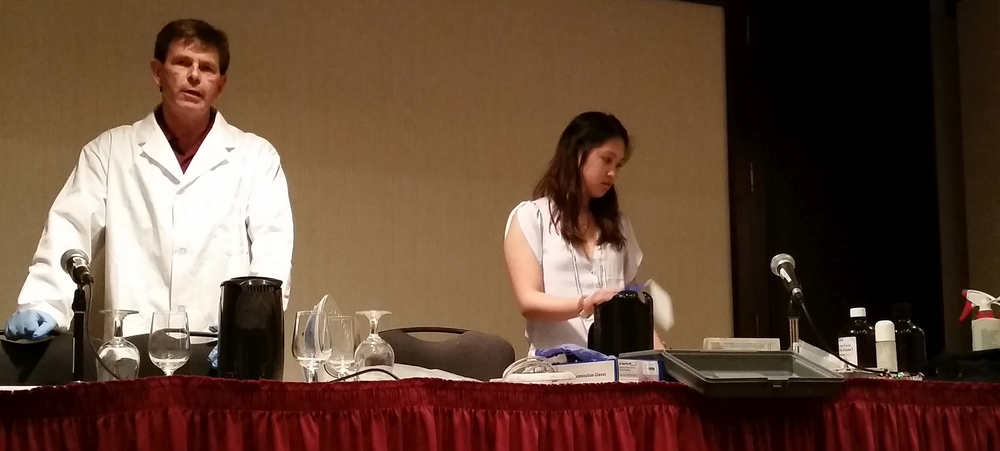
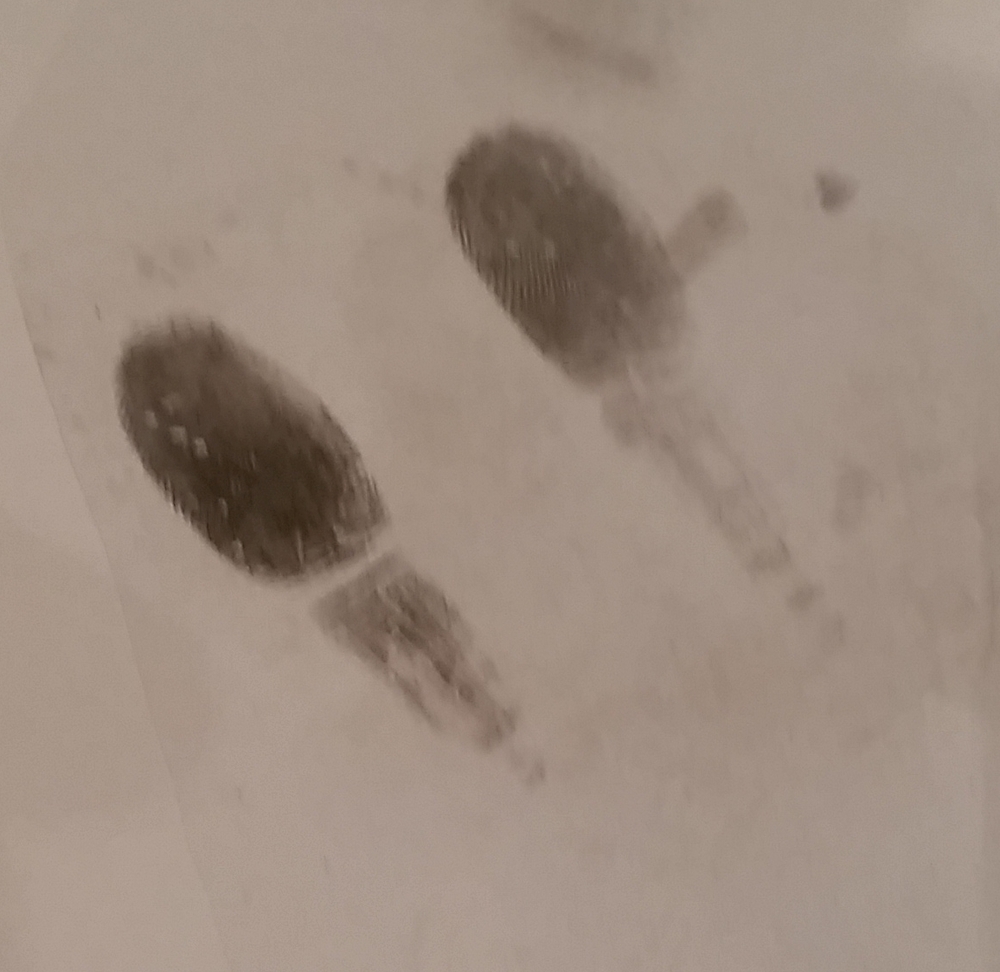
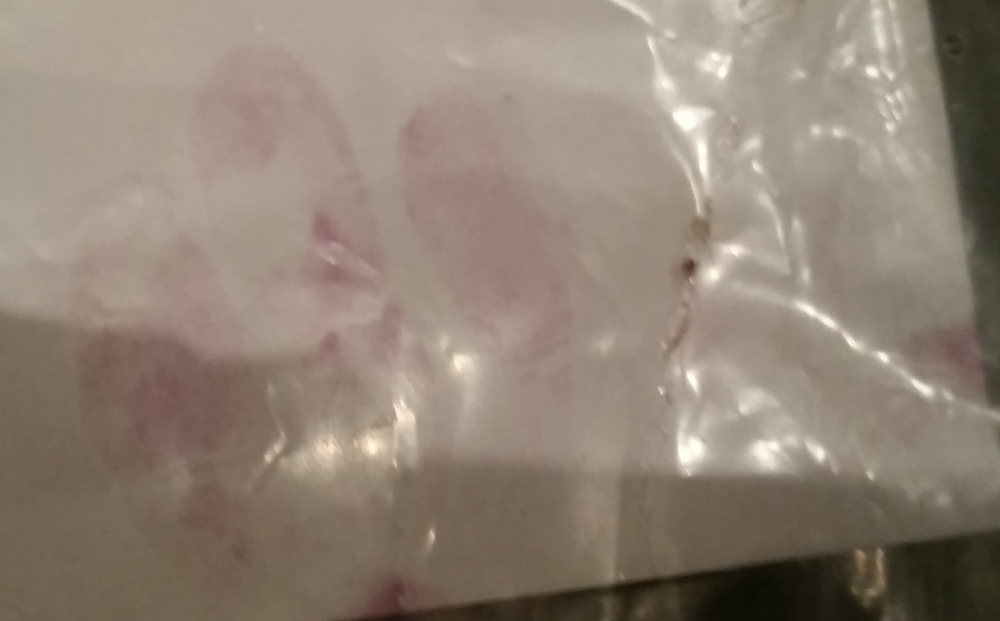

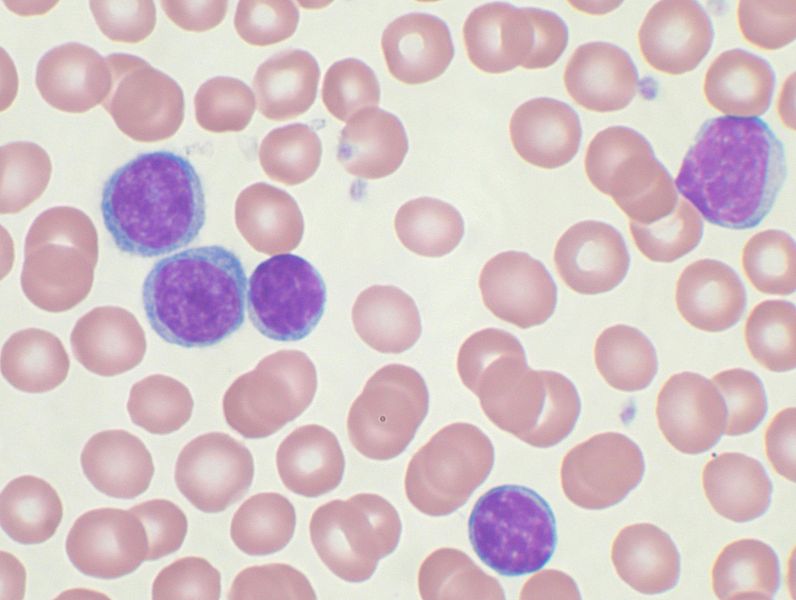

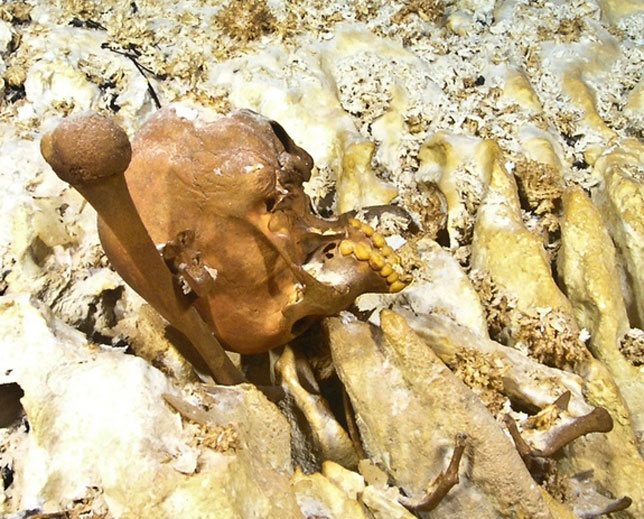
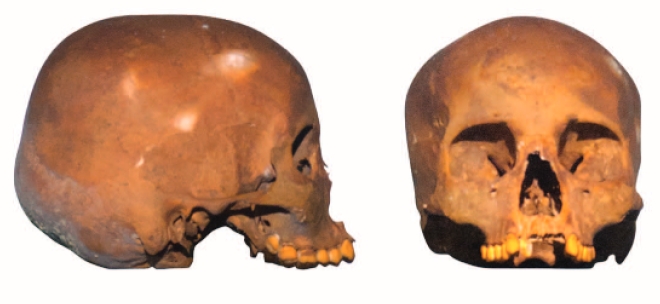
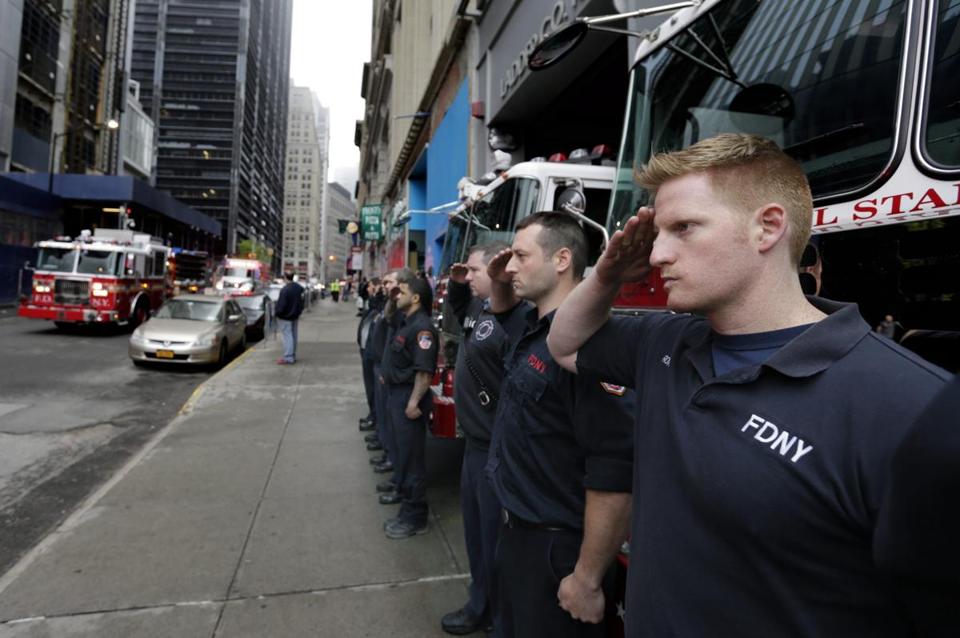

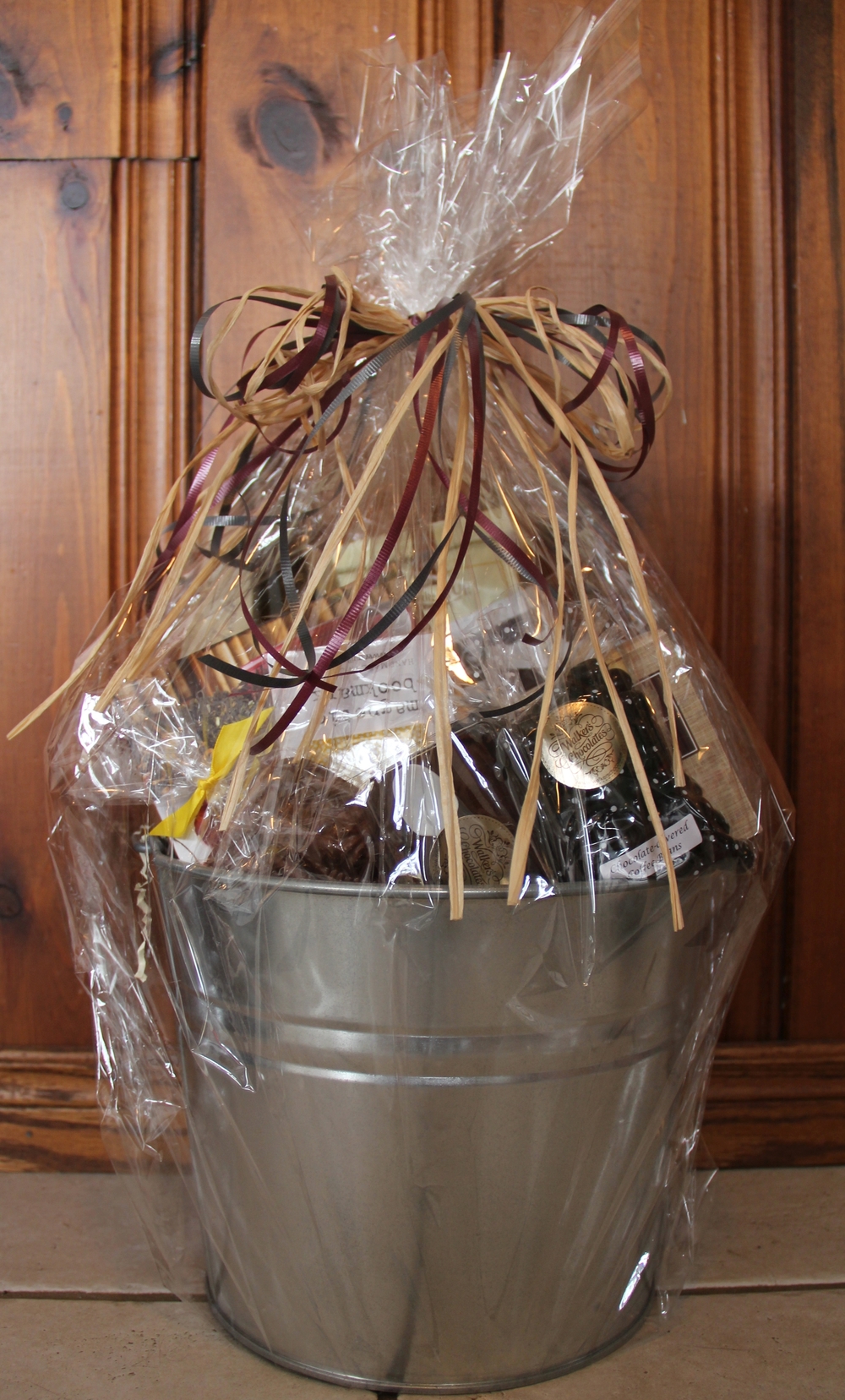
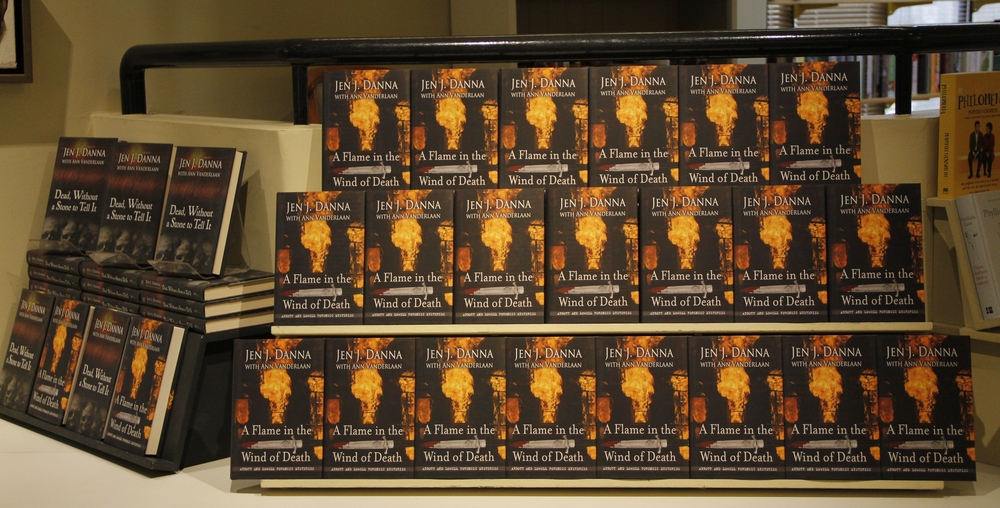
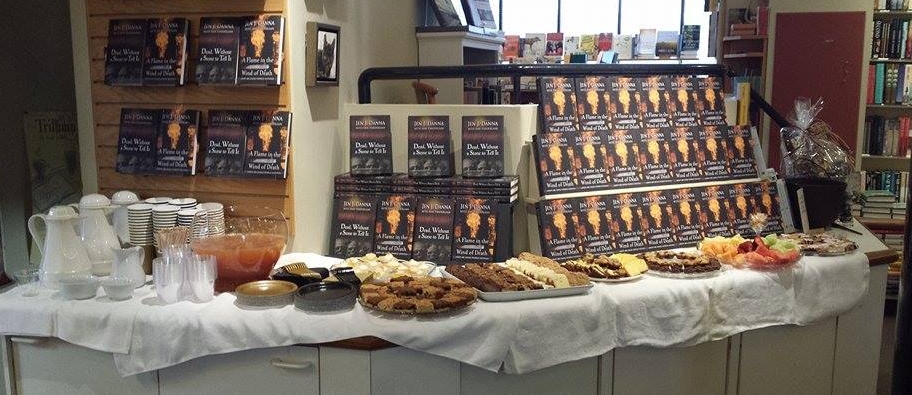
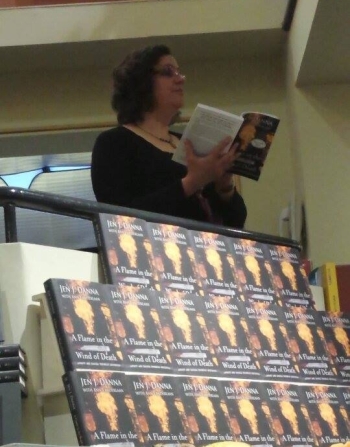

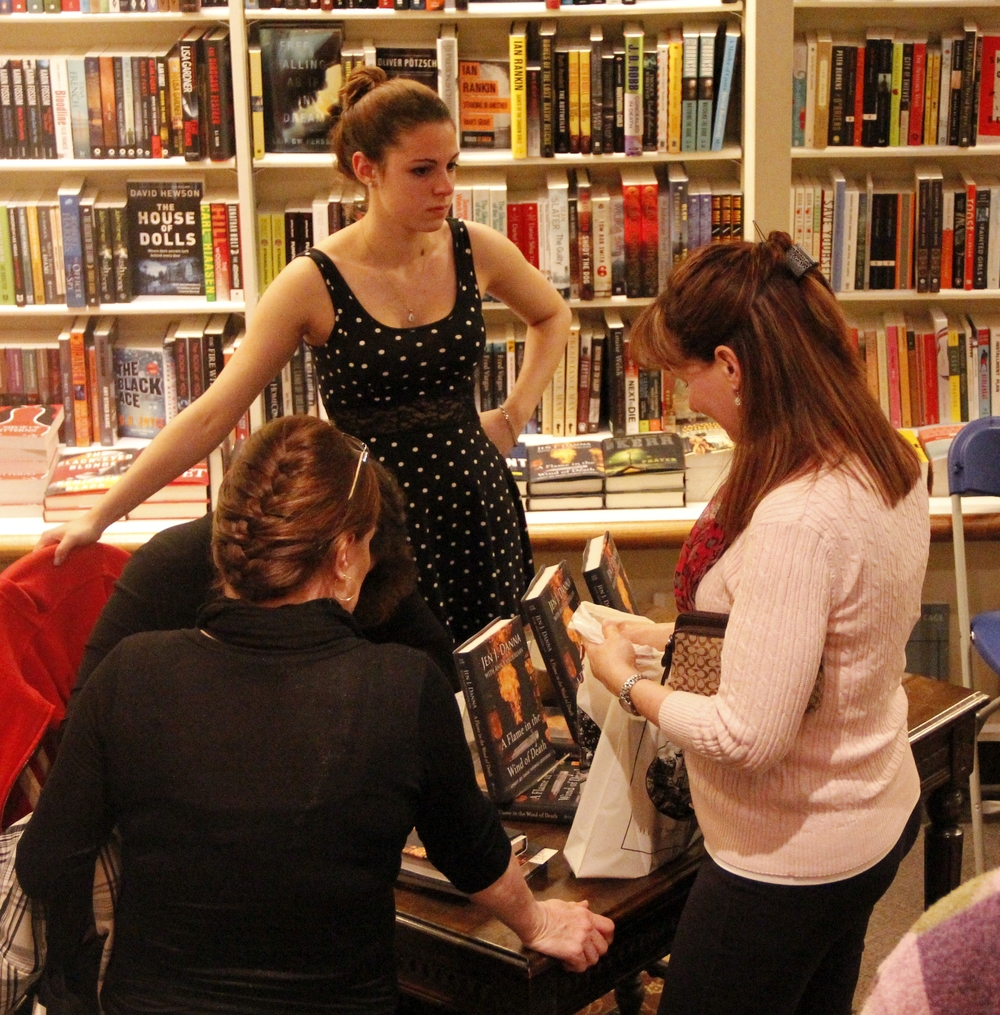
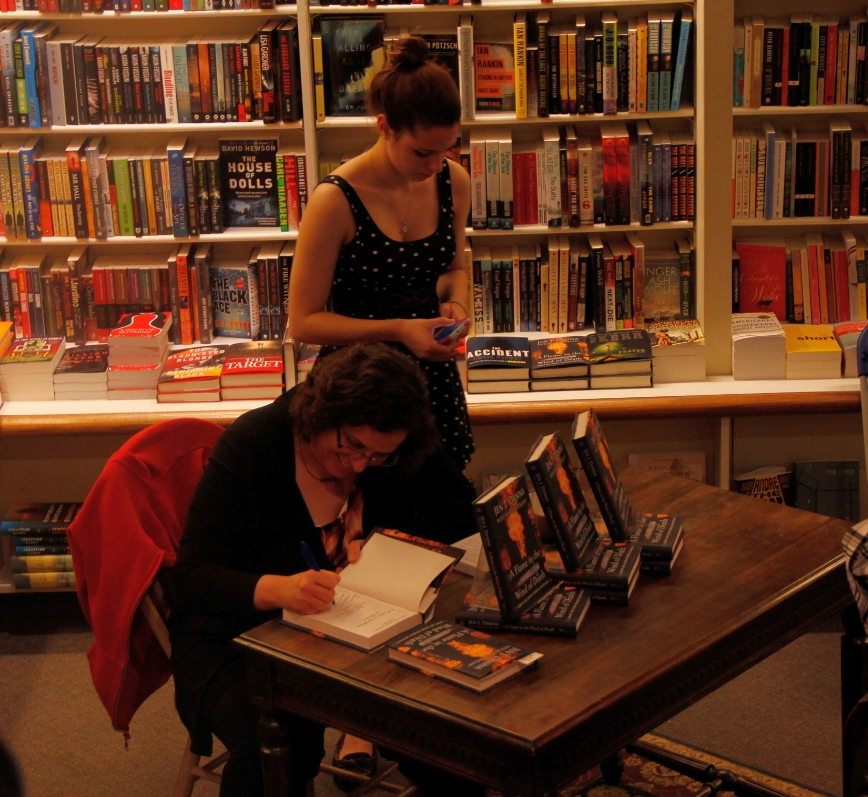

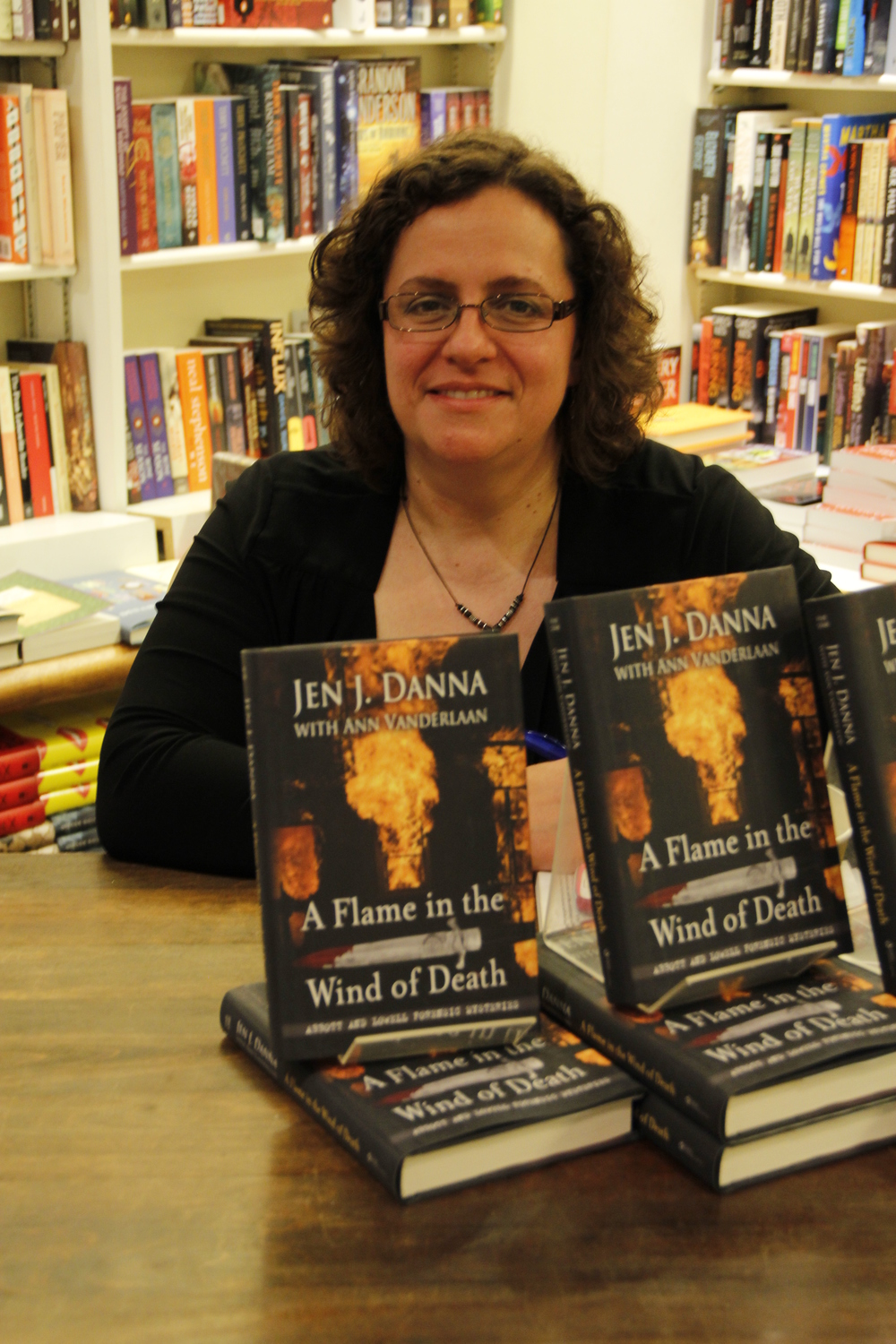










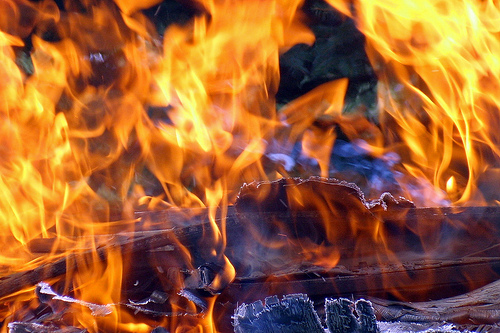
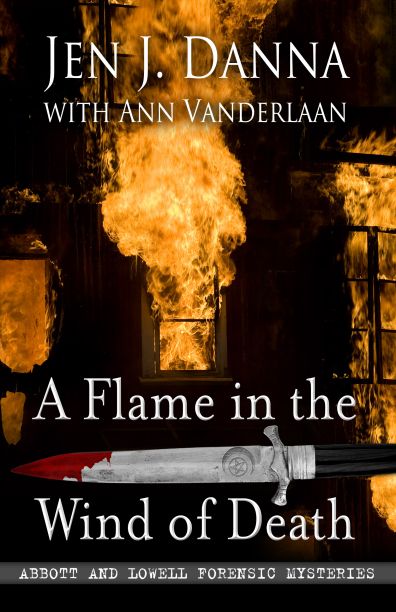



 87.5%
87.5%